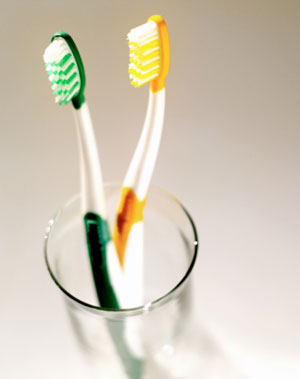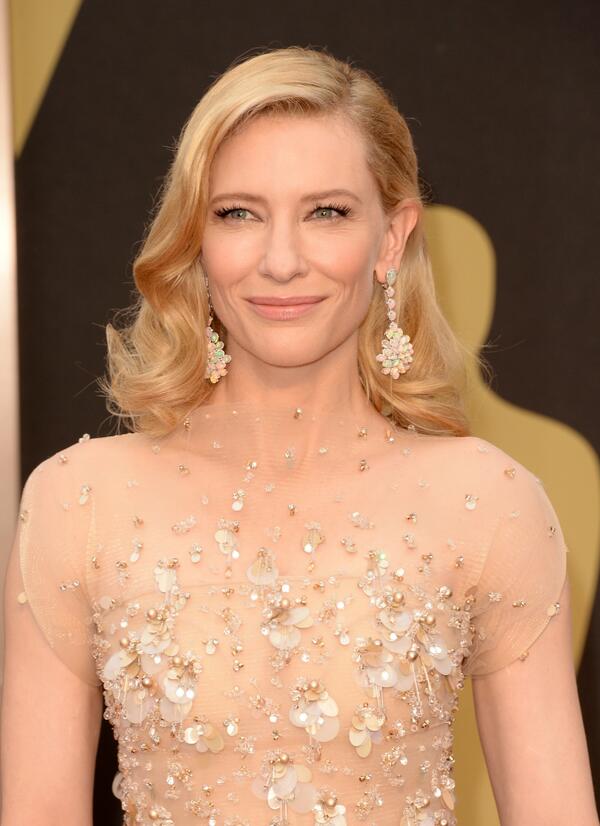The following are short reviews of the books that I read in January 2014. The marks I have given them in the brackets are out of five.
The Muddle-Headed Wombat –
Ruth Park & Noela Young (illust.) (4.7)
This Australian children’s classic is an utterly
delightful tale of a wombat and his adventures with Mouse and Tabby, his
second-best friend. They go to school, visit the circus, have holidays by the
sea and build a treehouse that collapses in a storm. Frequent squabbles
punctuate their escapades, as they have many differences, but they always make up
as they realise the value of friendship.
Wombat is muddle-headed because he is a Wombat. He
mixes up words and can’t count past four – “He runs out of paws, that’s the
trouble” – but he likes to be helpful although his favoured solution to a
problem is to sit on things. Similar to Pooh Bear he is not bright although he
has inimitable logic, such as when he eats a packet of chalk but not the green
because “it might taste like spinach and I don’t like spinach.” He is good at
digging and seeing in the dark and is very loyal and loves his friends, which
in turn makes him loveable.
Mouse is fastidious and house proud, always cleaning
things, preparing meals (pancakes for Tabby; snails for Wombat; and mosquitoes
for itself) and polishing its spectacles. Mouse is also sentimental and cares
for things and people, particularly the grey tabby cat whom it adopts because
“He was skinny and miserable and he had a peaky little face with big ears. He
wore a bright red bow tie, but anyone could see it hadn’t been washed and
ironed for weeks.”
Like many cats, Tabby is vain and thinks he is
handsome, while he also claims to be frail and delicate, mainly to get out of
hard work. He is very good at building things, however, such as a caravan and a
treehouse and is also remarkably resilient, surviving being sucked into a
carpet cleaner, dropped from a great height while performing as a puppet, and
accidentally shaken into a stream, not to mention being sat on by Wombat.
Noela Young’s charming illustrations add to the humour
of the stories and caricature the animals highlighting their best and worst
traits. They regard themselves as a family and they constantly attempt to adapt
to living with each other while retaining their individuality. The tales are
equally diverting and reassuring and were loved by both the adults and the
children at holiday story-time.
The Voyage –
Murray Bail (3)
Murray Bail is a fan of the experimental novel. Some
may call it modernism; others stream-of-consciousness; still others pretentious
nonsense. The eponymous voyage is the journey taken by ship of Frank Delage on
his return from Vienna to Sydney. He travels to Old Europe to seduce the
musical community with his new piano, which has a radically clear sound, but he
fails to generate much interest.
An appallingly bad salesman or promoter, he
blames others for his shortcomings even though he achieves an introduction to a
modern composer through a rich and influential couple (the Schallas). He falls
for the mother, Amalia, but returns to Sydney with the daughter, Elisabeth. The
trip from the New World to the Old and back again proves ultimately
meaningless, as his influence is superficial and his piano sinks without trace.
On the ship, Delage talks to the other passengers and
hears their stories, while reminiscing about his own experiences. These stories
overlap and interweave, often in the space of a sentence. An absence of
chapters, paragraphs that extend over several pages, and constant switches in
time can become wearisome.
Delage imagines that the problem is with Vienna, which
he accuses of being stuffy and resistant to change, rather than his piano and
he wonders frequently why he didn’t try Berlin instead. It’s not that he
prefers anywhere else: he is equally scathing of Perth, “which has a history of
visitors setting foot on the place and immediately wanting to turn around, a
reaction which continues to this day” and Sydney, where he attacks the
architecture of the iconic Opera House.
In fact, it is difficult to find
anything that Delage does like in this whingeing barrage of bitterness. Everything
is linked in his mind, which flits about with the attention span of a flea. He
has an opinion on everything, although it is rarely a positive one. From
central heating to diplomats, he barely has a good word to say about anyone or
anything. He even criticises smiles, which are insincere and “have no meaning”.
The only conclusion to be drawn is that Bail fears he
has been treated unfairly by critics, as he reserves his strongest vitriol for
this profession. He (or his central character; the constant asides are
inseparable from authorial intrusion) claims that modern novels display a lack
of invention and are “more and more an author’s reaction to nearby events, a
display of true feeling.” He tells the reader, “We should not be disapproving
of repetition... It is necessary”.
It may be necessary, but it isn’t
necessarily interesting. With his interconnections, he sees music as an analogy
for literature – exactly what he accuses critics of doing. “All art, he said,
including the playing of pianos, was imperfect... As listeners, we actually
want an imperfect result. It is human, and therefore closer to human
understanding. Otherwise, it is beyond understanding.” Not so. I understand
this; I just don’t like it.
The Rover – Aphra Benn (3.5)
Set in Naples in the world of carnivals, masquerades,
fantastic costumes, fights in the dark, disguises, and mistaken identity this seventeenth
century comedy would provide a real stage spectacle. Otherwise known as The Banish’d Cavaliers, the play contains
all the characters, staged fights, lack of didactic politics and witty dialogue
to suit the Reformation times. Aphra Behn famously worked as a spy for Charles
II but turned to playwriting when she lost her income as he refused to pay her
income.
The rules of morality are different in Naples from in
England, which is fortunate as the play is largely about sexual encounters,
with a few racist stereotypes thrown in. The eponymous rover, Willmore, has
been away at sea and is very horny now that he is on terra firma. ‘I’m glad to
meet you again in a warm climate where the kind sun has its godlike power still
over the wine and women. Love and mirth are my business in Naples.’
The play is full of flirtation, jealousy, wit,
affection, and humour in drunkenness that deflates high-blown romance. There
are many pairs of lovers, contrasting their attitudes and finding it difficult
to remain true to each other for the duration of the play. Some of the elements
of intrigue and farce, however, are difficult for the modern reader to enjoy –
often they seem merely means of obtaining plot complication and irrelevant
spectacular effects – and the suggestions of rape and sexual violence and
simply unacceptable to today’s audiences.
Circle Mirror Transformation – Annie Baker (3.7)
This fairly straight-forward play is set over the
space of a summer in a windowless dance studio with a wall of mirrors. The five
characters are taking adult creative drama classes complete with all the usual
warm-up exercises, focus games, and word associations. As they tell stories
about themselves and explain other people’s narratives they get to know each
other as the audience does.
Marty (55) is the teacher; James (60) is her
husband; Schultz (48 – separated from his wife) is interested in Theresa (35)
who does hula-hooping; Lauren (16) is obsessed by her mobile and hasn’t paid
for the class; she has ambitions to be a star and is disturbed by the seeming
irrelevance of the acting exercises.
When the characters are encouraged to air a secret in
front of the group without consequences, some big themes emerge. Each person
writes down their ‘confession’ and puts it into the hat, where someone else
withdraws it and reads it aloud. We learn these players are troubled by
addiction, abuse, love, fear and vanity. Their gestures are mirrored and
repeated back to them until they become transformed, and the exercise of
meeting yourself in ten years time is revealing. The play is not
earth-shattering, but it is entertaining.
The Death of King Arthur – Peter Ackroyd (3.8)
Peter Ackroyd presents a modern translation of Thomas
Malory’s Le Morte d’Arthur in which
he promises to cut out the boring and repetitious bits while including all the
adventures and personalities. Much of the narrative is told with a deadpan
delivery, but there are a couple of lyrical passages between the spear
shattering and beheadings.
Having read many novels, treatises, and suppositions
about King Arthur (and having written my own university dissertation on the
continuing effect of the Arthurian legends on contemporary literature), I am
always struck by how little this source material is actually about Arthur,
himself. There is far more about Lancelot (and his perfidious relationship with
Guinevere) and the other chivalrous pair of lovers, Tristam and Isolde, whose
story accounts for over a quarter of the book.
A further quarter of the book is
taken up with the Quest for the Holy Grail, an adventure that does not include
Arthur, although it does ultimately destroy his kingdom. The knights ride
through the kingdom looking for adventures, a bit like the Famous Five but with
more beheadings. Although Arthur gets the title credit, Tristam and Lancelot
may be the exemplary knights of the tale.
This quest
emphasises purity at all costs, and purity seems to mean avoiding women who are
sorceresses, temptresses, treacherous and riddled with sin. Lancelot is given
no more than a tantalising glimpse of the Grail because he is impure and loves
Guinevere. Ackroyd remains coy as to what physicality their affection assumes.
“Lancelot and Guinevere were together again. Whether they engaged in any of the
sports of love, I cannot say. I do not like to mention such matters. I can
assure you of one thing. Love in those days was quite a different game.”
Already weakened by Quest for Holy Grail, Camelot is
destroyed by the factions for and against Lancelot and Guinevere. Arthur
grieves for his loss of friendship with Lancelot, whom he loves more than his
wife, a consideration that proves tricky for many of modern sensibilities. “It
is strange that I feel the loss of my knights more than the loss of my queen.
Queens can be replaced. But how can I find again such a noble company as that
of the Round Table?”
Despite his general lack of action and his reliance
upon others, Arthur is still a powerful symbol of a bygone era, largely due to
Malory’s testament. “King Arthur may simply be a figment of the national
imagination. Yet it is still a remarkable tribute to Malory’s inventive genius
that Arthur, and the Round Table, have found a secure and permanent place in
the affections of the English speaking people.”













.jpg)